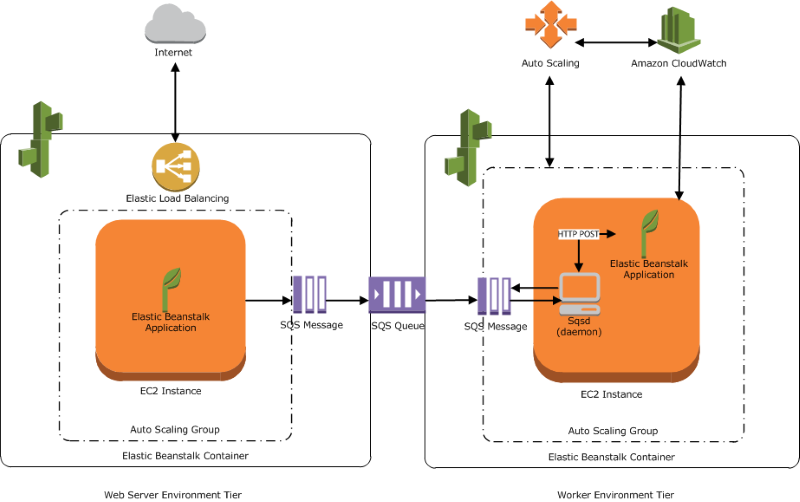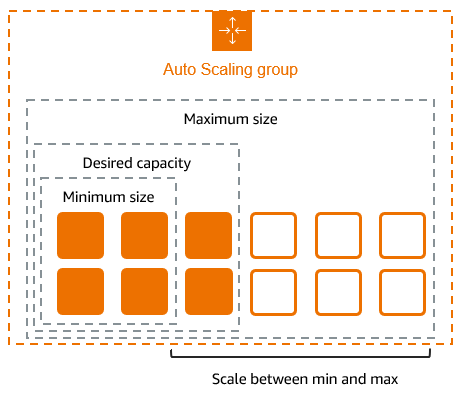Introduction: When DevOps Met Security
Remember when security was that thing teams dealt with right before deployment? Those days are long gone! In today's digital landscape, where data breaches make headlines weekly and cyber threats evolve faster than fashion trends, security can't be an afterthought anymore. Enter DevSecOps – the glow-up that DevOps needed.
At DevOps Horizon, we've watched this evolution unfold, and trust me, it's changing how organizations build, deploy, and maintain software in fundamental ways. Let's break down what this means for teams like yours and why it matters more than ever in 2025.
What Exactly is DevSecOps?
DevSecOps takes the collaboration and efficiency principles of DevOps and adds security as a core ingredient throughout the entire software development lifecycle. Instead of treating security as a separate phase or someone else's problem, DevSecOps integrates security practices, tools, and mindsets into every stage – from planning and coding to testing, deployment, and operations.
Think of traditional security as that friend who shows up to the party right when everyone's about to leave. DevSecOps invites security to help plan the party from the beginning.

The Evolution: From DevOps to DevSecOps
DevOps revolutionized software development by breaking down the walls between development and operations teams. This culture shift accelerated deployment cycles and improved reliability. But as deployment speed increased, a critical element sometimes got left behind: security.
The transition timeline looks something like this:
- Traditional Development: Siloed teams, waterfall approach, security at the end
- DevOps Era: Integrated dev and ops, automated pipelines, faster releases
- DevSecOps Now: Security embedded throughout, shared responsibility, "shift-left" testing
This isn't just a trendy rebrand – it represents a fundamental shift in how organizations approach security. Instead of security being a checkpoint or gate, it's now a continuous presence throughout the development journey.
The Core Principles of DevSecOps
1. Shift Left: Finding Issues Early
The "shift left" principle moves security testing earlier in the development process. Finding a vulnerability during the coding phase costs significantly less to fix than discovering it in production. By integrating security scans into your CI/CD pipeline, teams can catch issues before they become bigger problems.
# Example: Running security scans as part of your CI pipeline
pipeline {
stages {
stage('Build') { ... }
stage('Security Scan') {
steps {
sh 'dependency-check --project MyApp --scan ./src'
sh 'sonarqube-scanner'
}
}
stage('Test') { ... }
}
}
2. Automation: Security at DevOps Speed
Manual security reviews can't keep pace with rapid deployments. DevSecOps embraces automation to maintain velocity while improving security posture. Automated security testing tools scan code, check dependencies, and identify vulnerabilities without slowing down your pipeline.
3. Shared Responsibility: Everyone Owns Security
Perhaps the biggest mindset shift in DevSecOps is that security becomes everyone's responsibility. Developers learn secure coding practices, operations teams implement secure configurations, and security professionals become enablers rather than blockers.
The Benefits: Why DevSecOps is Worth the Effort
Early Vulnerability Detection Saves Money and Reputation
The math is simple but compelling: IBM's Cost of a Data Breach Report shows that vulnerabilities caught early in development cost a fraction to fix compared to those found in production. Not to mention the incalculable cost of a public security incident on your brand reputation.
Compliance Becomes Easier, Not Harder
With automated compliance checks built into your pipeline, meeting regulatory requirements like GDPR, HIPAA, or PCI DSS becomes part of your regular workflow, not a scramble before audits.
Speed and Security Can Coexist
The myth that security slows down development is exactly that – a myth. When implemented properly, DevSecOps actually enables teams to move faster with confidence. No more last-minute security reviews delaying releases.

The DevSecOps Toolkit: Essential Tools and Practices
Code Analysis Tools
Static Application Security Testing (SAST) tools like SonarQube, Checkmarx, and Fortify scan your code for vulnerabilities before it's even compiled. These tools integrate directly into your IDE, giving developers immediate feedback on security issues.
Dependency Scanning
Software Composition Analysis (SCA) tools identify vulnerabilities in third-party libraries and components. Tools like Snyk and OWASP Dependency-Check alert you when your dependencies contain known vulnerabilities.
# Example output from dependency scanning
HIGH: CVE-2023-44487 in package: org.apache.tomcat:tomcat-embed-core:9.0.50
Description: HTTP/2 DoS vulnerability may allow remote attackers to cause a denial of service
Recommendation: Upgrade to version 9.0.71 or higher
Container Security
With containerization becoming standard practice, tools like Clair, Trivy, and Docker Bench scan container images for vulnerabilities, ensuring your deployment packages are secure before they hit production.
Infrastructure as Code (IaC) Security
Tools like Checkov, Terrascan, and tfsec scan your infrastructure code (Terraform, CloudFormation, etc.) to identify misconfigurations before your infrastructure is provisioned.
Implementing DevSecOps: Overcoming Common Challenges
Challenge 1: Cultural Resistance
Security has traditionally been seen as a blocker. Changing this perception requires leadership buy-in and demonstrating how DevSecOps actually enables faster, safer releases.
Solution: Start with developer-friendly tools that provide clear feedback and actionable remediation steps. Celebrate security wins and improvements to build positive reinforcement.
Challenge 2: Skills Gap
Not every developer is a security expert, and not every security professional understands modern development practices.
Solution: Invest in cross-training. Develop security champions within development teams who can bridge the gap and advocate for security best practices.
Challenge 3: Tool Overload
The DevSecOps landscape is filled with tools, and tool fatigue is real.
Solution: Start small with essential security gates, then gradually expand. Focus on integrating tools into existing workflows rather than adding separate processes.

Real-World Success Story
Consider the case of a financial services company that embraced DevSecOps after experiencing a major security incident. By implementing automated security testing in their CI/CD pipeline, they:
- Reduced vulnerabilities in production by 78%
- Decreased the average time to fix security issues from 18 days to 3 days
- Maintained their bi-weekly release schedule while improving security posture
The key was making security visible through dashboards that tracked vulnerabilities over time, creating healthy competition between teams to improve their security metrics.
Getting Started with DevSecOps: A Practical Roadmap
Step 1: Assess Your Current State
Map your development workflow and identify where security checks can be integrated. Look for the highest-value, lowest-effort opportunities first.
Step 2: Start with Basic Security Gates
Implement essential security checks in your pipeline:
- SAST for custom code
- SCA for dependencies
- Container scanning if you use containers
- Automated security testing for basic vulnerabilities
Step 3: Measure and Improve
Track metrics like:
- Number of vulnerabilities found in each phase
- Mean time to remediate security issues
- Security coverage across your application portfolio
Use these metrics to demonstrate progress and identify areas for improvement.
Step 4: Build Security Knowledge
Develop security guidelines, conduct training sessions, and create resources to help developers write secure code from the start.
Conclusion: Security as an Enabler, Not a Blocker
The DevSecOps transformation represents a fundamental shift in how we think about security in software development. Rather than being the department of "no," security becomes an integrated part of building better software faster.
By bringing security into the DevOps fold, organizations are finding that they can actually accelerate delivery while reducing risk. It's not about adding more work – it's about working smarter by addressing security concerns at the right time, with the right tools.
As we look to the future, the line between DevOps and security will continue to blur. The organizations that thrive will be those that embrace this integration and make security a foundational aspect of their development culture.
Ready to start your DevSecOps journey? Check out our training resources or contact us to learn how DevOps Horizon can help your team make the transition.



